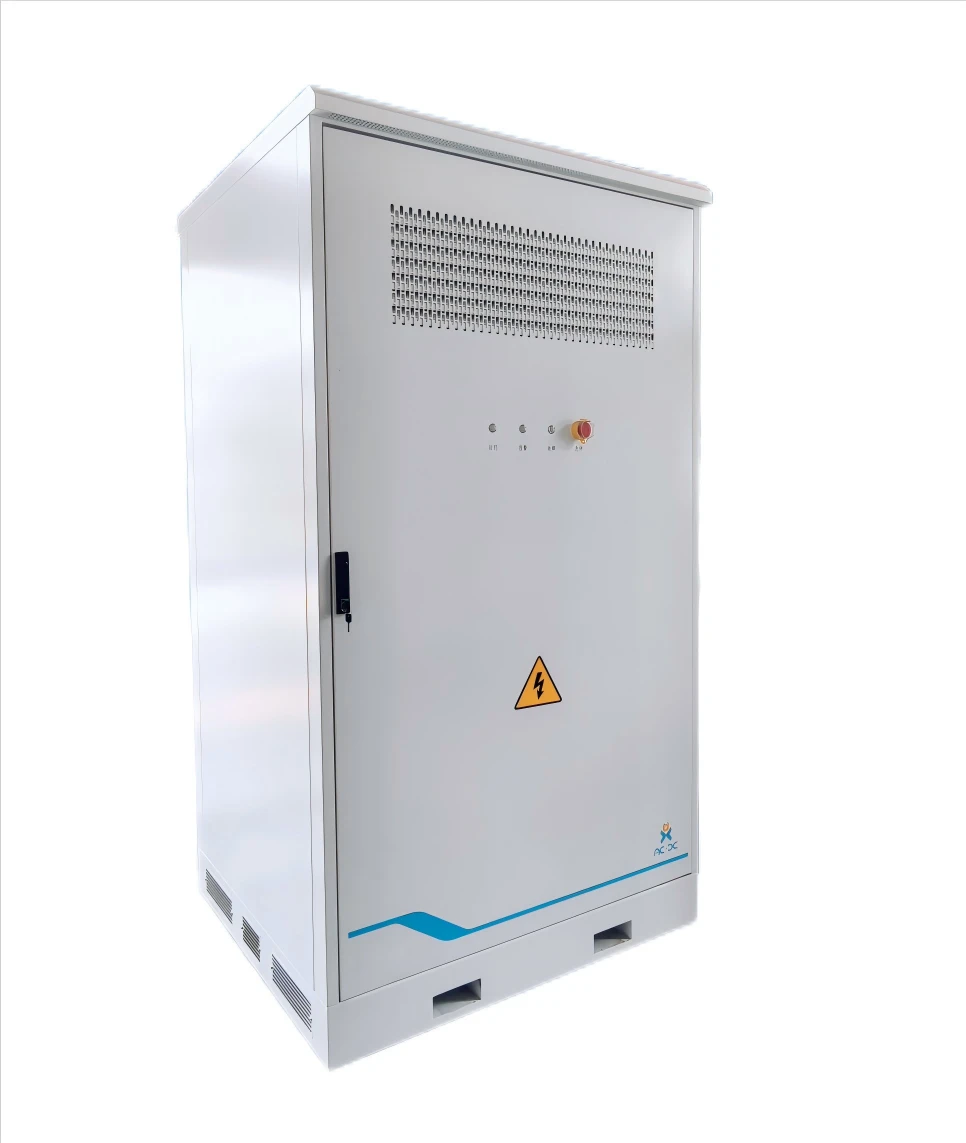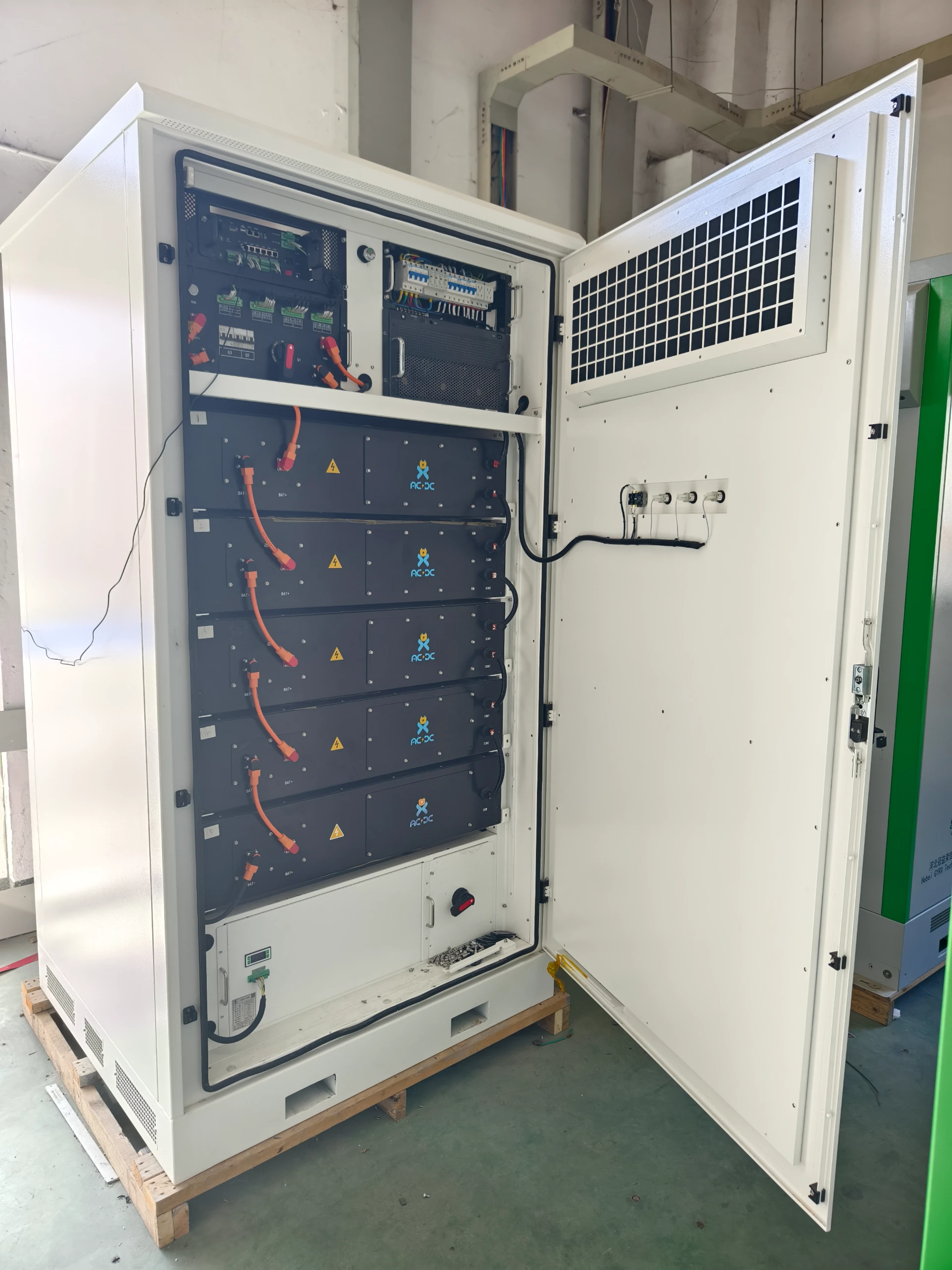
জুলাই . 29, 2025 13:20 Back to list
High-Efficiency Energy Storage System Solutions for Reliable Power
Comprehensive Analysis of Energy Storage System (ESS): Industry Trends, Technology, and Self-Cooling-EN-215 Product Insights
Unlock the future of power management with a cutting-edge energy storage system (ESS)! Delve deep into technology trends, manufacturing excellence, and real-world performance with the Self-Cooling-EN-215 energy storage system from industry-leading OEMs.
1. Global Energy Storage System Industry Trends (2024+)
The energy storage system (ESS) market is witnessing exponential growth, driven by renewable energy expansion, grid modernization, and advancing battery chemistries. According to BloombergNEF, global installed ESS capacity reached 159 GW in 2023, projected to exceed 420 GW by 2030 (BNEF).
Key Market Data (2023-2030):
| Year | Installed Capacity (GW) | CAGR (%) | Top Technologies | ESS Market Value (USD Bn) |
|---|---|---|---|---|
| 2023 | 159 | 22.8 | Lithium-ion, Flow Battery | 17.2 |
| 2025 | 210 | 26.2 | Li-ion, Sodium-ion, LFP | 22.5 |
| 2027 | 292 | 29.0 | Li-ion, Hybrid ESS | 34.0 |
| 2030 | 420+ | 24.3 | LiFePO4, Solid-state | 54.0 |

Global energy storage system deployment is led by the power sector, grid operators, and industrial clusters.
Figure: Energy storage system installed capacity and market value forecast. Data: BloombergNEF, IHS Markit, Statista 2023/24.
2. Understanding Energy Storage System (ESS): Technology & Parameters
Energy storage system (ESS) refers to advanced integrated solutions for storing electrical energy and releasing it when required. As a core element for modern grids and renewables, ESS solutions—especially OEM energy storage system and custom-engineered units—are evaluated on lifecycle, scalability, efficiency, and compliance.
Typical Technical Parameters:
Typical Technical Parameters:
- Rated Power & Capacity: Ranges from 50kW to multi-MW for grid applications.
- Battery Chemistry: Lithium-ion (NCM, LFP), sodium-ion, flow batteries.
- Round-trip Efficiency: 82%–96% (IEC/ISO tested).
- Cycle Life: Up to 10,000 cycles (DNV).
- Operating Temperature: -20°C ~ +55°C (industrial class).
- Standard Compliance: IEC 62933, ISO 9001/14001, UL9540A, ANSI C18.
- System Integration: EMS, SCADA, remote monitoring, fire suppression.

Modern OEM energy storage system provides scalable, modular configurations for smart grids and industry.
3. Manufacturing Process of Energy Storage System (ESS): Self-Cooling-EN-215 as Example
Product Focus: Self-Cooling-EN-215 energy storage system
Cutting-edge module for high-efficiency, self-cooling energy storage used across petrochemical, metallurgy, water treatment, utility, and heavy industry.
Cutting-edge module for high-efficiency, self-cooling energy storage used across petrochemical, metallurgy, water treatment, utility, and heavy industry.
Main Materials: Aviation-grade aluminum alloy chassis, corrosion-resistant stainless steel fasteners, flame-retardant ABS/PC enclosure for battery module isolation.
Core Process Techniques:
Industries Served: Oil & Gas, Chemical, Metallurgy, Municipal Water, Distributed/Utility Energy, Data Centers.
Core Process Techniques:
- Die Casting & CNC Precision Machining: Ensures component integrity and consistent performance.
- Automated Module Assembly: Includes robotic cell packing, conductor busbar welding (ultrasonic/laser), and advanced BMS integration.
- Quality Inspection: Fully compliant with ISO 9001:2015, ANSI C18.2M, and IEC 62619 for safety, cycle life, IP rating, and EMI/EMC.
Industries Served: Oil & Gas, Chemical, Metallurgy, Municipal Water, Distributed/Utility Energy, Data Centers.

Process Flow Schematic: From raw material sourcing → die casting → CNC processing → cell module forming → BMS integration → enclosure assembly → 100% ISO/ANSI testing → packaging & shipment.
4. Product Parameters: Self-Cooling-EN-215 Energy Storage System
| Parameter | Self-Cooling-EN-215 | Average ESS Market Value* |
|---|---|---|
| Rated Energy (kWh) | 215 | 110–220 |
| Power Output (kW) | 100/220 | 70–200 |
| Chemistry | LFP (LiFePO4) | LFP/NCM/VRB |
| Cycle Life (@25℃) | >7,200 cycles (80% DOD) | 6,000–8,000 |
| Dimensions (mm) | 1250×1400×2380 | 1200×1200×2300 |
| Enclosure Rating | IP55 / NEMA4X | IP54 |
| Operating Temp (°C) | -20 ~ +55 | -10 ~ +50 |
| Fire/EMC Safety | IEC 62619, UL9540A, ANSI | IEC/UL basic |
| Monitoring | Cloud EMS, App, Modbus | BMS/Local |
| Warranty | 10 years/7,000 cycles | 8–10 years |
*Compiled from ESS providers: CATL, Tesla, Sungrow, ACDC-BESS (2024 public data)
Figure: Self-Cooling-EN-215 parameter structure vs. average ESS. LFP cycle life offers 15% higher long-term value than typical market units.
Figure: Efficiency and cycle degradation trend for Self-Cooling-EN-215 energy storage system by ACDC-BESS (Tested 2023, ISO standards).
5. Manufacturer Comparison: OEM Energy Storage System (ESS Providers)
| Vendor/Model | Chemistry | Rated Energy (kWh) | Cycle Life | Certifications | Key Features |
|---|---|---|---|---|---|
| Self-Cooling-EN-215 | LFP | 215 | 7,200+ | IEC, UL9540A, ANSI | Self-cooling, modular, IP55 |
| Sungrow ST215KWH-100KW | LFP | 215 | 7,000 | IEC, UN38.3 | Outdoor, V2G ready |
| CATL EnerOne | LFP | 248 | 8,000 | IEC, UL | High scalability |
| Tesla Megapack-2 | NCM | 233 | 5,000+ | UL, CSA | Advanced cooling |
| Huawei LUNA2000 | LFP | 200 | 6,000 | IEC, TUV | Residential/Commercial |
6. Tailored Solutions & Typical Application Scenarios
- Petrochemical Plants: Deploy Self-Cooling-EN-215 energy storage system for black start, backup, and peak shaving. With corrosion-resistant chassis and sealed enclosure, it ensures minimal yearly maintenance & 99.9% uptime.
- Metallurgy/Steel Mills: Rapid discharge during arc furnace operations, buffering grid instability; robust die-cast housing, high thermal shock resistance.
- Municipal Water & Sewage: Stabilize pumping loads, provide emergency grid support with efficient OEM energy storage system deployment.
- Commercial Microgrids & Data Centers: Fast response time (<70 ms), intelligent EMS integration, 24/7 cloud monitoring.
- Renewable Plant Co-location: Integrate with solar/wind farms for energy shifting and demand management; >10 years reliable service, supported by multi-standard testing.
7. Application Cases & User Feedback
-
PetroChina Refinery - Emergency Backup (2023):
Installed 8× Self-Cooling-EN-215 units for 24/7 power assurance during outages. Real-time monitoring, fire/EMC protection, and average 5.5% annual energy savings over legacy VRLA solutions. -
Yunnan Metallurgy Group (2022):
OEM energy storage system custom designed for high-temperature, dusty environments. After 20 months: 0 unplanned shutdowns, battery module temperature rise -
Shanghai Water Pumping Station (2021):
Commissioned modular energy storage system; reported 50% reduction in transformer failures, with fast switchover ( -
East Asia Commercial Microgrid:
Two-year runtime of Self-Cooling-EN-215, 99.97% availability, complimented by users for seamless integration with BMS/EMS and remote API optimization.
8. Delivery, Warranty, and Support
Typical Delivery Lead Time: 45-60 business days (FOB, subject to configuration)
Warranty: 10 years or 7,000 cycles (whichever comes first)
Customer Support: 24/7 technical hotline (remote diagnostics), on-site commissioning, optional monthly status reports.
Quality Commitment: Exceeds ISO 9001/14001, 100% batch testing, 3rd-party witnessed factory acceptance (SGS, DNV).
Discover Self-Cooling-EN-215
Warranty: 10 years or 7,000 cycles (whichever comes first)
Customer Support: 24/7 technical hotline (remote diagnostics), on-site commissioning, optional monthly status reports.
Quality Commitment: Exceeds ISO 9001/14001, 100% batch testing, 3rd-party witnessed factory acceptance (SGS, DNV).
9. Professional FAQ: Energy Storage System Terminology
Q1: What is the main material of Self-Cooling-EN-215 enclosure?
High-grade aluminum alloy (6061-T6) with CNC finishing, providing anti-corrosion and structural rigidity for harsh industrial environments.
Q2: Which standards does the energy storage system comply with?
ISO 9001:2015 (quality), IEC 62619 (battery safety), ANSI C18.2M, UL9540A (fire/emergency), IP55/NEMA4X (enclosure), and UN38.3 (transportation).
Q3: What is meant by "cycle life" in ESS?
It defines the number of complete charge-discharge cycles the ESS can undergo before its usable capacity drops below 80% of initial value. For Self-Cooling-EN-215, certified >7,200 cycles at 80% DOD.
Q4: How is system integration achieved?
Through modular BMS (battery management system), EMS (energy management system), and SCADA, supporting cloud/Modbus/TCP protocols for real-time control.
Q5: What safety protection is included?
Fire suppression (Novec/inert gas), over-current/over-temp protection, IP-rated enclosure sealing, and certified ground fault/interlock per IEC/UL standards.
Q6: What are the typical installation standards?
All installations are performed per IEC 62933, local NEC, and ANSI/NEMA specs, including earthing, clearance, and HVAC/fire zoning.
Q7: What is the temperature derating curve?
The rated output is maintained from -10°C to +45°C; above or below this window, the BMS will optimize/cut output to protect battery longevity (see Figure 3 in this article).
10. Authoritativeness & Certification
- Company Background: ACDC-BESS, >16 years in ESS manufacturing, serving 60+ Fortune 500 energy/industrial clients, collaborating with SGS, DNV, and TÜV Rheinland.
- Certifications: ISO 9001, ISO 14001, ISO 45001, IEC, ANSI/UL, RoHS, REACH.
- Reference Installations: China State Grid, Sinopec, Samsung C&T, multiple municipal projects.
- 3rd-Party Endorsements: SGS Battery Safety Report, DNV ESS Reliability Report.
11. Further Reading & References
- BloombergNEF: Global Energy Storage Market to Hit 1TWh by 2030
- Elsevier: “Energy Storage Systems: Fundamentals and Applications”
- Energy-Storage.News: OEM Energy Storage System Trends
- Sandia ESS Standards and Protocols Resource
- ScienceDirect: Assessment of Grid-Scale ESS Performance
- OpenMod Forum: Energy Storage System Deployments & Solutions
All industry data, certifications, and product references above are current to H1 2024. For technical support, manuals, and procurement of energy storage system, visit the manufacturer’s official page or certified distributor network.
Latest news
-
High-Performance Energy Storage System for Reliable Power Solutions
NewsJul.30,2025
-
Advanced EMS Solutions for Energy Management System & Storage Battery Companies
NewsJul.29,2025
-
Intelligent Energy Management for Homes - Efficient Storage Solutions
NewsJul.29,2025
-
High-Efficiency Energy Storage System Solutions for Reliable Power
NewsJul.29,2025
-
Smart Energy Management System EMS Solutions for OEMs
NewsJul.29,2025
-
Advanced Energy Management System EMS for OEM Solutions
NewsJul.28,2025























